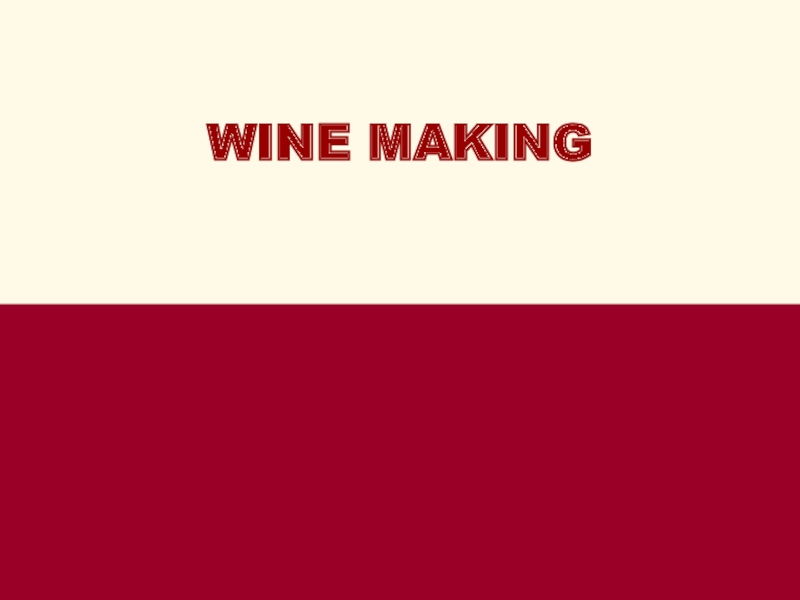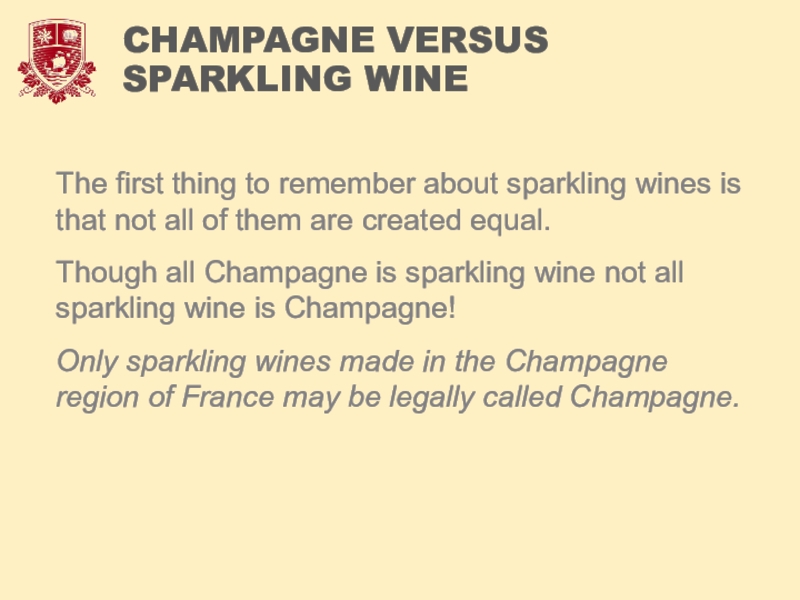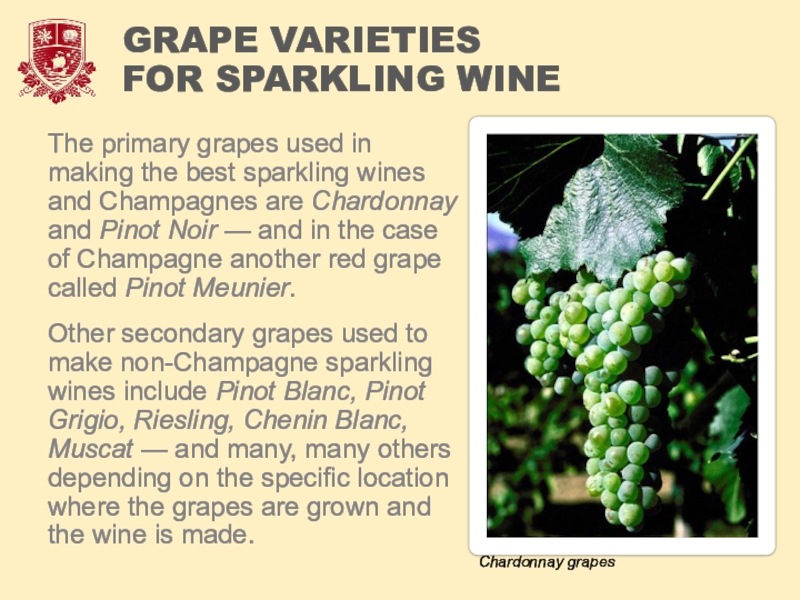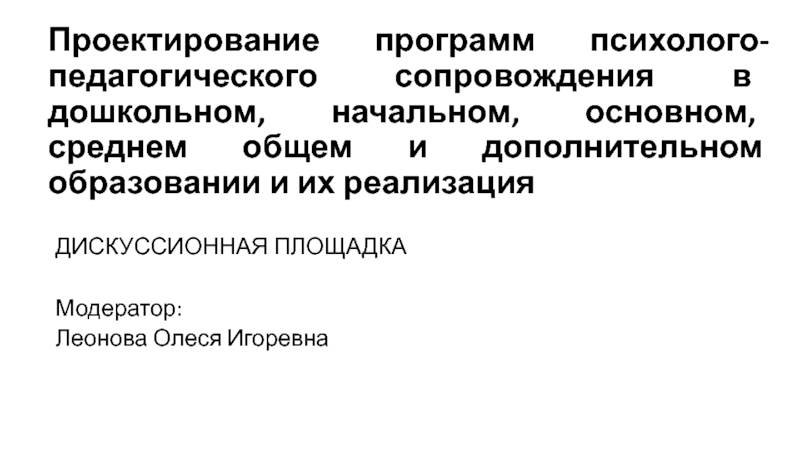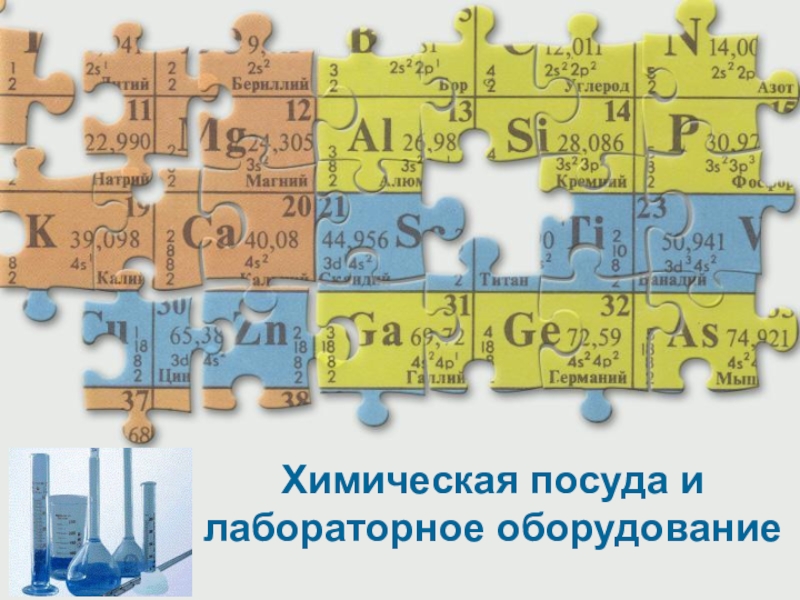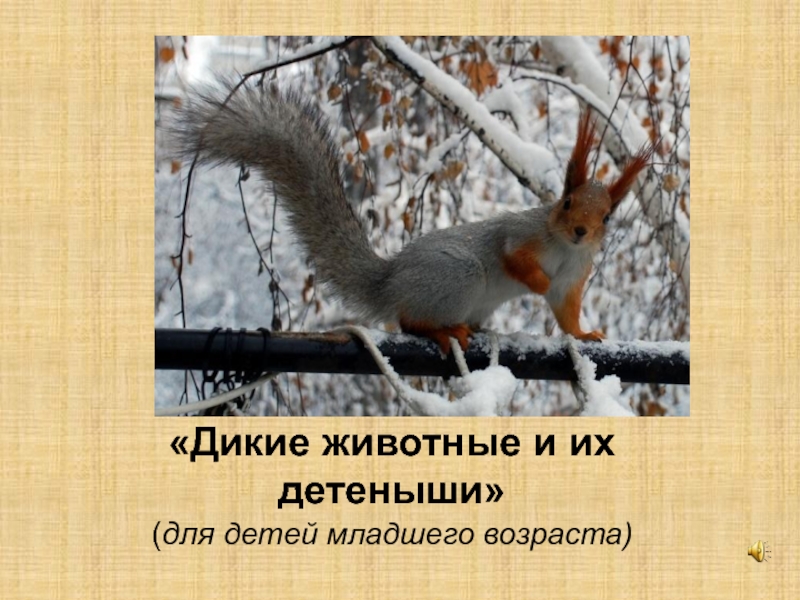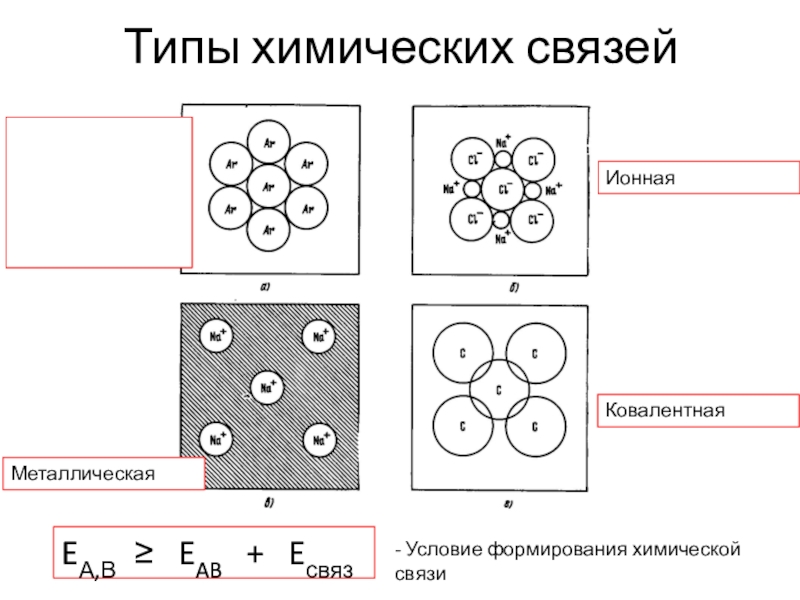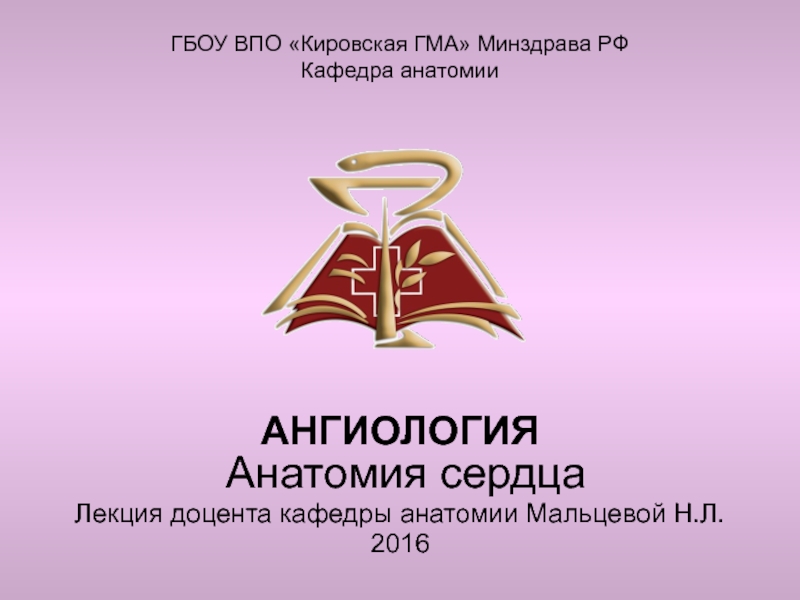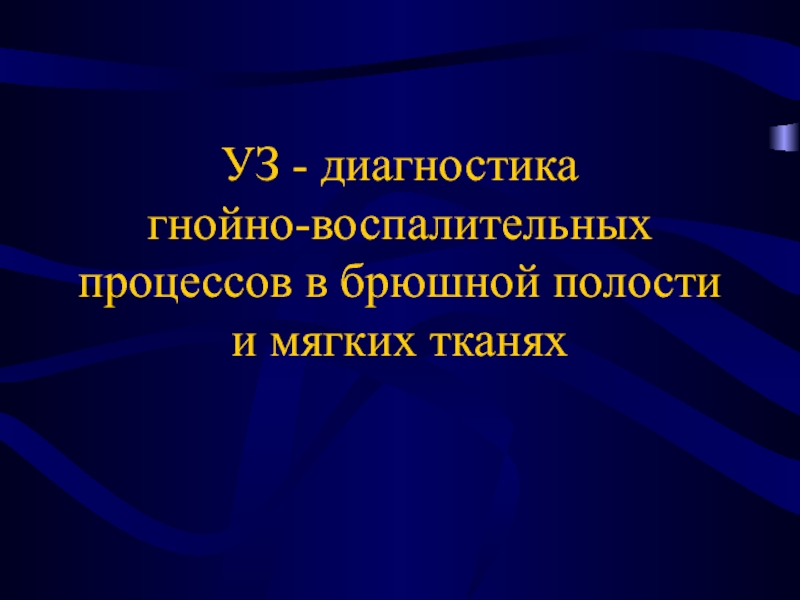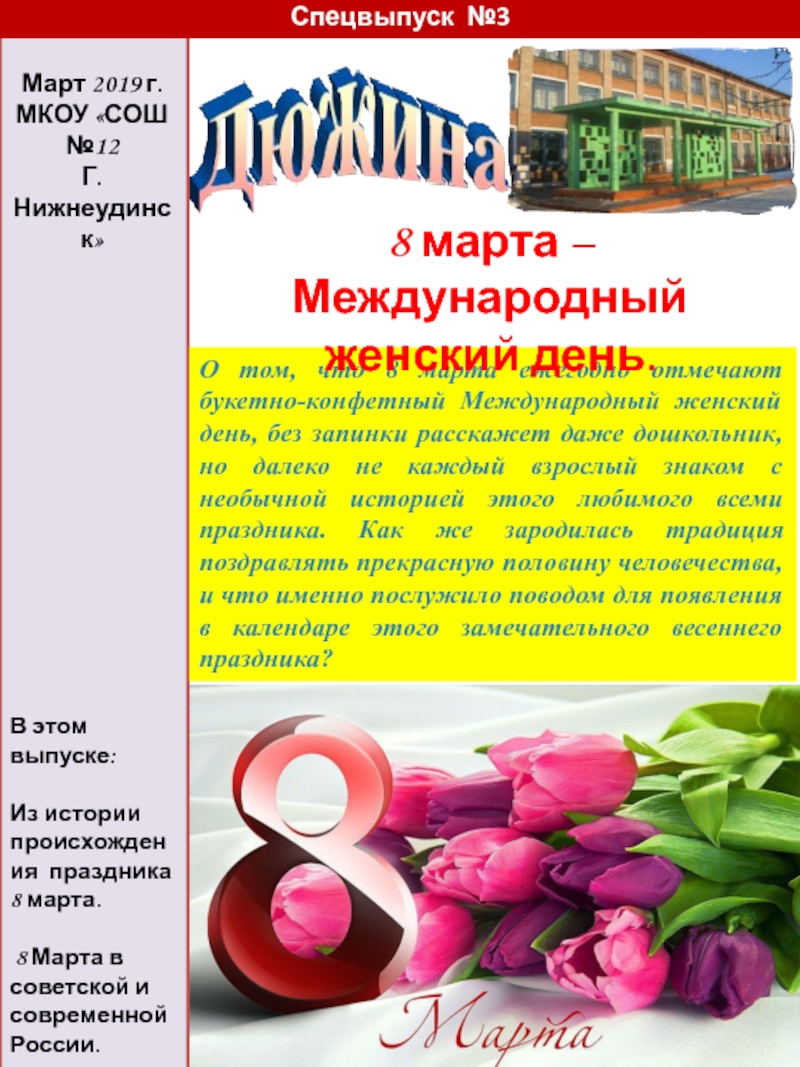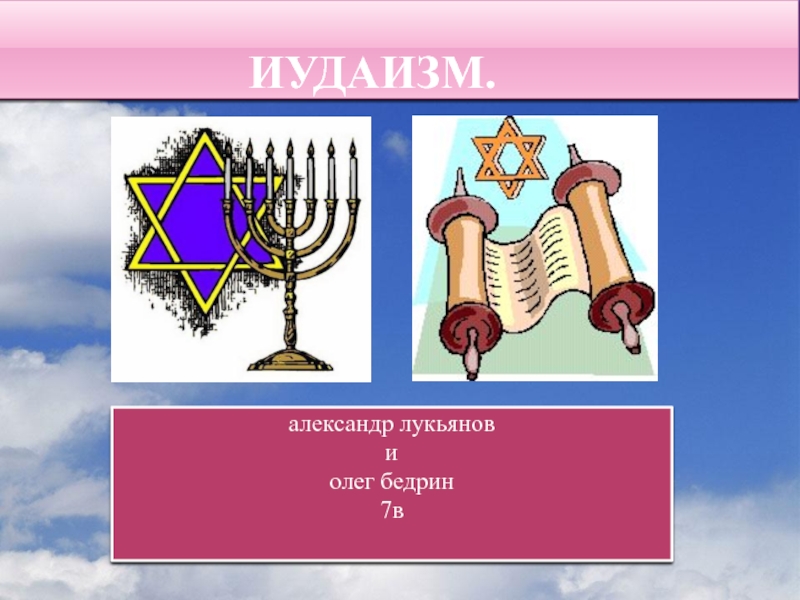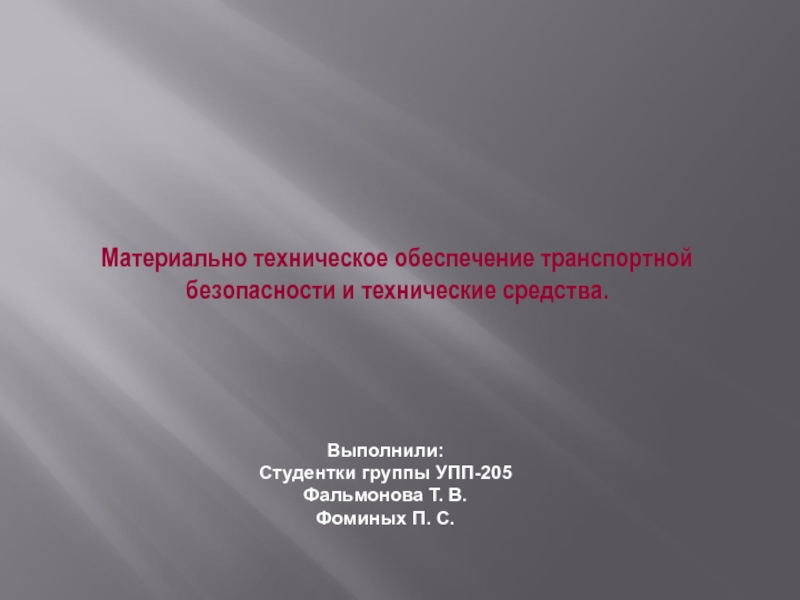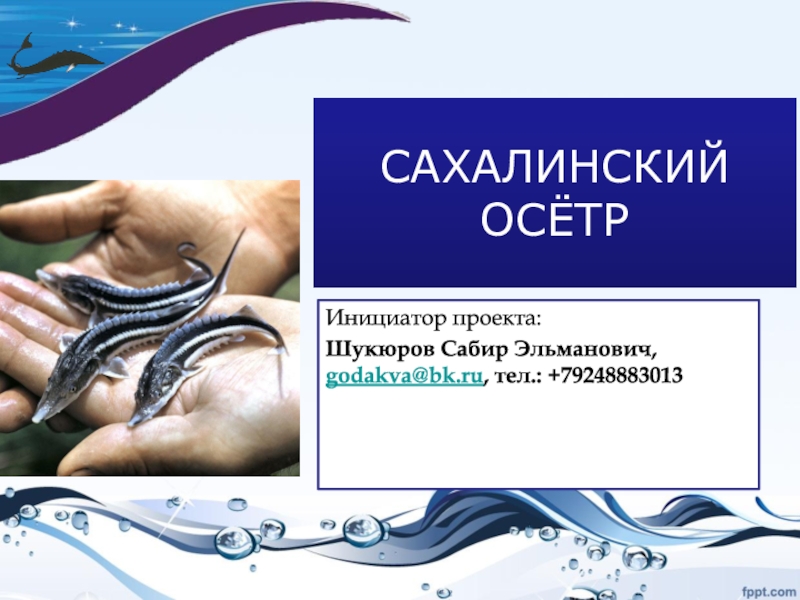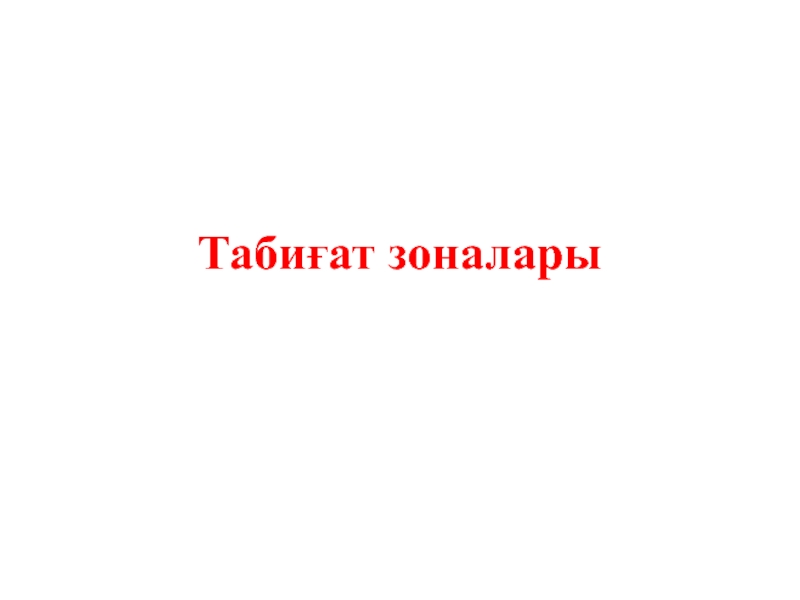dioxide left over from the initial or a secondary fermentation.
As
you might remember from Module 1, carbon dioxide, or CO2, is a natural by-product of fermentation. Most still table wines have little, if any, CO2. That’s because the CO2 was allowed to dissipate into the air during or after fermentation. However, some very young white wines will retain a bit of CO2 giving them a delightful and subtle spritz. The art of making champagne and sparkling wine is all about, creating a second fermentation in the bottle, trapping those tiny little bubbles in the bottle so you can enjoy them in the glass. Cheers!
